Since the beginning of 2025, Donald Trump has been advancing a proposal to end the war in Ukraine. Talks in Riyadh, Paris, and London have included options ranging from a 30-day ceasefire to recognizing Crimea as part of Russia. Yet the diplomatic process remains stalled. As in 2022, it is undermined by a central contradiction: neither side feels secure.
In the spring of 2022, Kyiv and Moscow held negotiations in Istanbul and even agreed on a framework that envisioned Ukrainian neutrality in exchange for international security guarantees. The deal ultimately collapsed—largely due to the absence of those very guarantees. Today, history is repeating itself: the focus has shifted to border disputes, but without a resolution on security, no agreement will provide a durable foundation for peace.
For nearly three months now, Donald Trump—eager to return to the White House—has been pushing for an end to the war in Ukraine. So far, no tangible results have emerged. The Russian military continues its slow and costly advance. The Kremlin appears to be betting that the former U.S. president will grow impatient and try to pressure Kyiv into accepting a deal favorable to Moscow.
Trump himself has shown frustration with the lack of progress, oscillating between diplomatic overtures and ultimatums. But this approach has brought peace no closer. Against this backdrop, it is worth recalling the last serious opportunity for a settlement—the Istanbul talks in the spring of 2022.
Back then, in the early weeks of the invasion, Ukrainian and Russian negotiators reached a framework agreement—the so-called Istanbul Communiqué. It envisioned Ukraine adopting a neutral status in exchange for security guarantees from third-party states. The deal ultimately fell through, but the process demonstrated that even during full-scale war, compromise was possible.
Today, as diplomacy once again moves to the center of the international agenda, the Istanbul experience offers valuable lessons—not because the 2022 text can be revived, but because the conditions for success or failure remain fundamentally the same.
Security Comes First
No lasting agreement is possible without addressing the core threats as perceived by both sides. As in 2022, the central issue remains security. Everything else—the status of territories, sanctions, reconstruction—is secondary if the parties do not feel protected from another escalation.
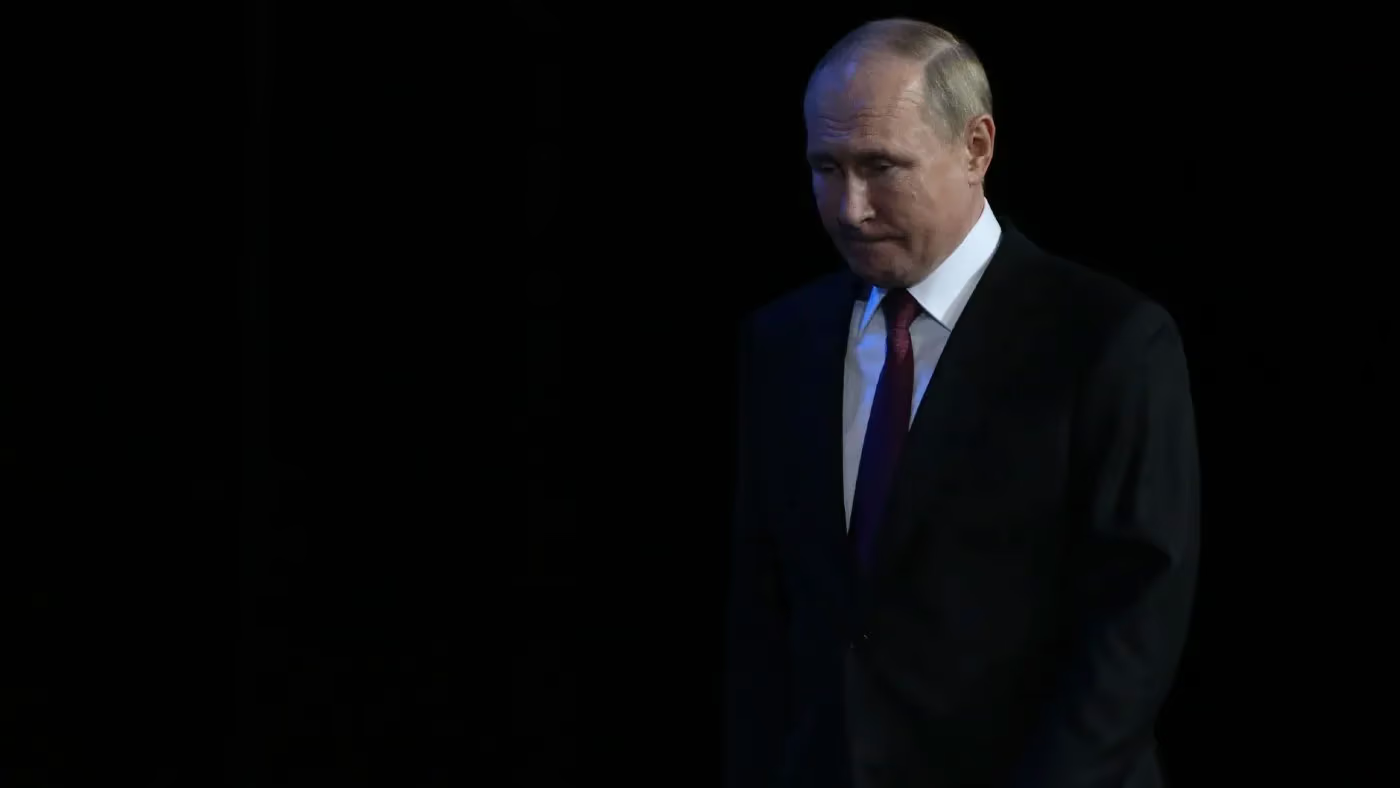
At the time, Russia demanded Ukrainian neutrality, a formal renunciation of NATO membership, a ban on foreign troop deployments, and restrictions on Ukraine’s military capabilities. Kyiv, by contrast, insisted on firm international guarantees—effectively seeking commitments equivalent to NATO’s Article 5.
These concerns have not disappeared. Ukraine fears that a ceasefire without guarantees would merely delay the next attack. Russia views even a neutral Ukraine—if armed and backed by the West—as a threat to its interests. Yet in leaked U.S. proposals, the focus is not on security but on territory: "legal recognition" of Crimea as part of Russia and "de facto recognition" of other occupied regions. Neither addresses the core issue.
Recognition, whether legal or symbolic, does not eliminate military risks. Nor can it compensate for the absence of guarantees. Especially since neither Moscow nor Kyiv intends to relinquish control over contested territories—those matters will be decided on the battlefield, not at the negotiating table.
The key lesson from Istanbul is that compromise is possible—even if border disputes remain unresolved. But it is impossible without answering the central question: how will each side feel secure in the peace that may follow?
No Peace Without Guarantees
At the heart of all past and present negotiations lies the question of security. In the spring of 2022, Ukraine signaled its willingness to renounce NATO membership in exchange for robust international guarantees. Russia, in turn, demanded formal neutrality from Ukraine, a ban on foreign military bases, and limitations on the Ukrainian armed forces. Each side sought to reduce the risk of renewed conflict—but envisioned security on its own terms.
This dilemma remains unresolved. Ukraine fears that a ceasefire without external backing will become a prelude to the next attack. Russia fears that even a neutral but well-armed Ukraine—sustained by Western military aid—could serve as a platform for retaliation. These fears are not abstract; they shape each side’s negotiating position.
Nevertheless, leaks from the White House and European capitals increasingly focus on recognition of territorial annexations. The U.S. is reportedly prepared to offer de jure recognition of Crimea as Russian territory and de facto status for other occupied regions. This approach diverts attention from the core issue—sustainable security. Worse still, it is legally incoherent: recognition is either granted or it is not.
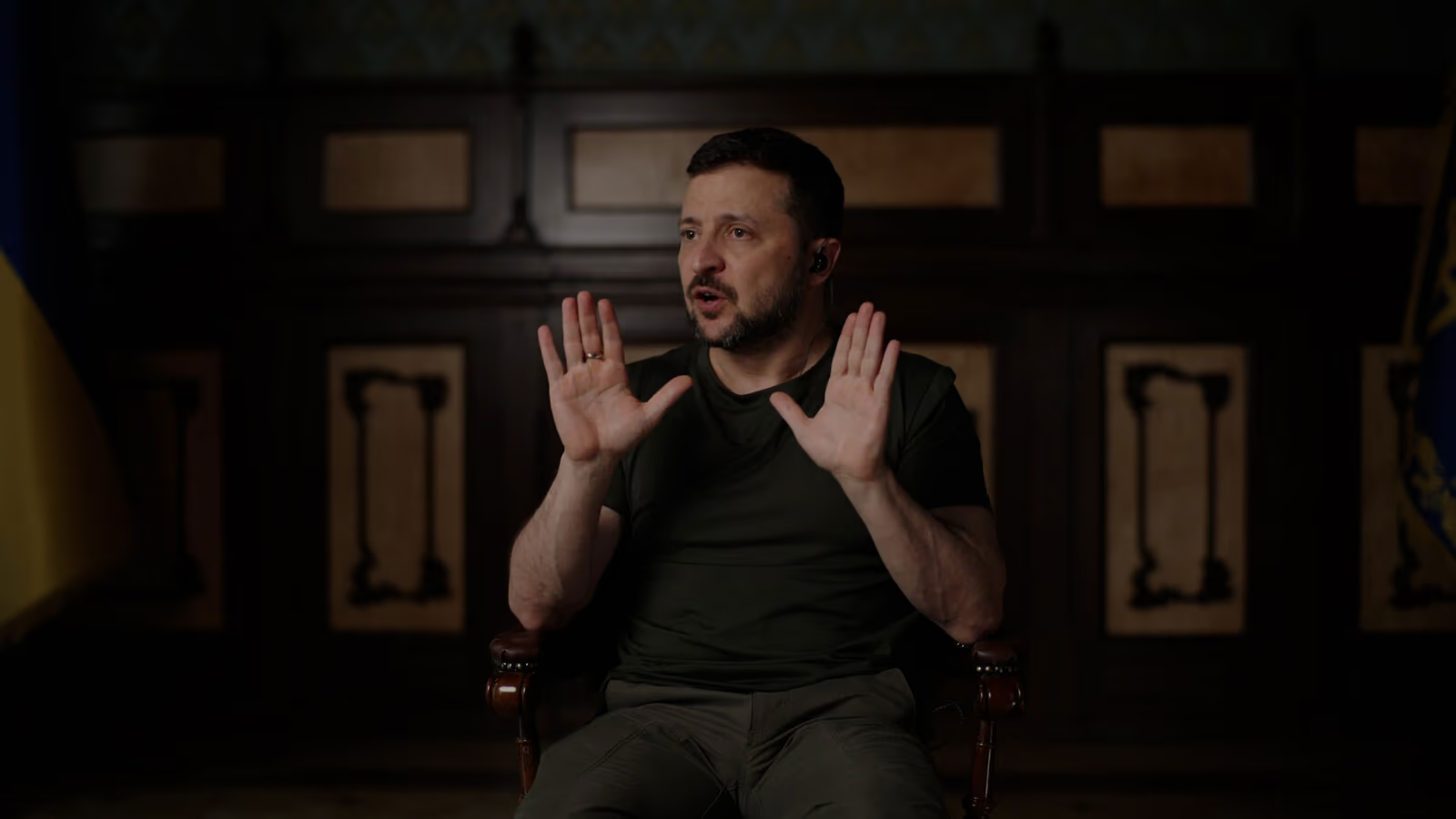
Both Moscow and Kyiv have made it clear: they are not prepared to relinquish control over the territories they currently hold. The status of these lands is being decided not at the negotiating table, but in the trenches. Yet the Istanbul experience showed that even with unresolved border disputes, it is still possible to discuss the architecture of a future peace. At the time, the territorial question was deliberately set aside in order to focus on mechanisms for preventing a renewed war.
Today’s Trump-led initiatives, by contrast, seek to shift the focus to territorial compromises without addressing the very issue that doomed earlier negotiations. That means even if formal agreements are reached, they are likely to be fragile—and unworkable in practice.
No Peace Without the West
In the spring of 2022, only Ukrainian and Russian representatives sat at the negotiating table in Istanbul. The United States, the United Kingdom, and Germany were absent from the process—even though the talks touched on European security, NATO commitments, and Washington’s role in deterrence. Western diplomats later admitted they learned about the contents of the framework agreement only after the fact.
The context partly explains this: the negotiations took place under intense military pressure, and there was little time to coordinate positions with allies. Still, this proved to be a strategic mistake. A document negotiated without the involvement of key external actors was never going to secure their backing. And without that backing, it remained politically weightless.
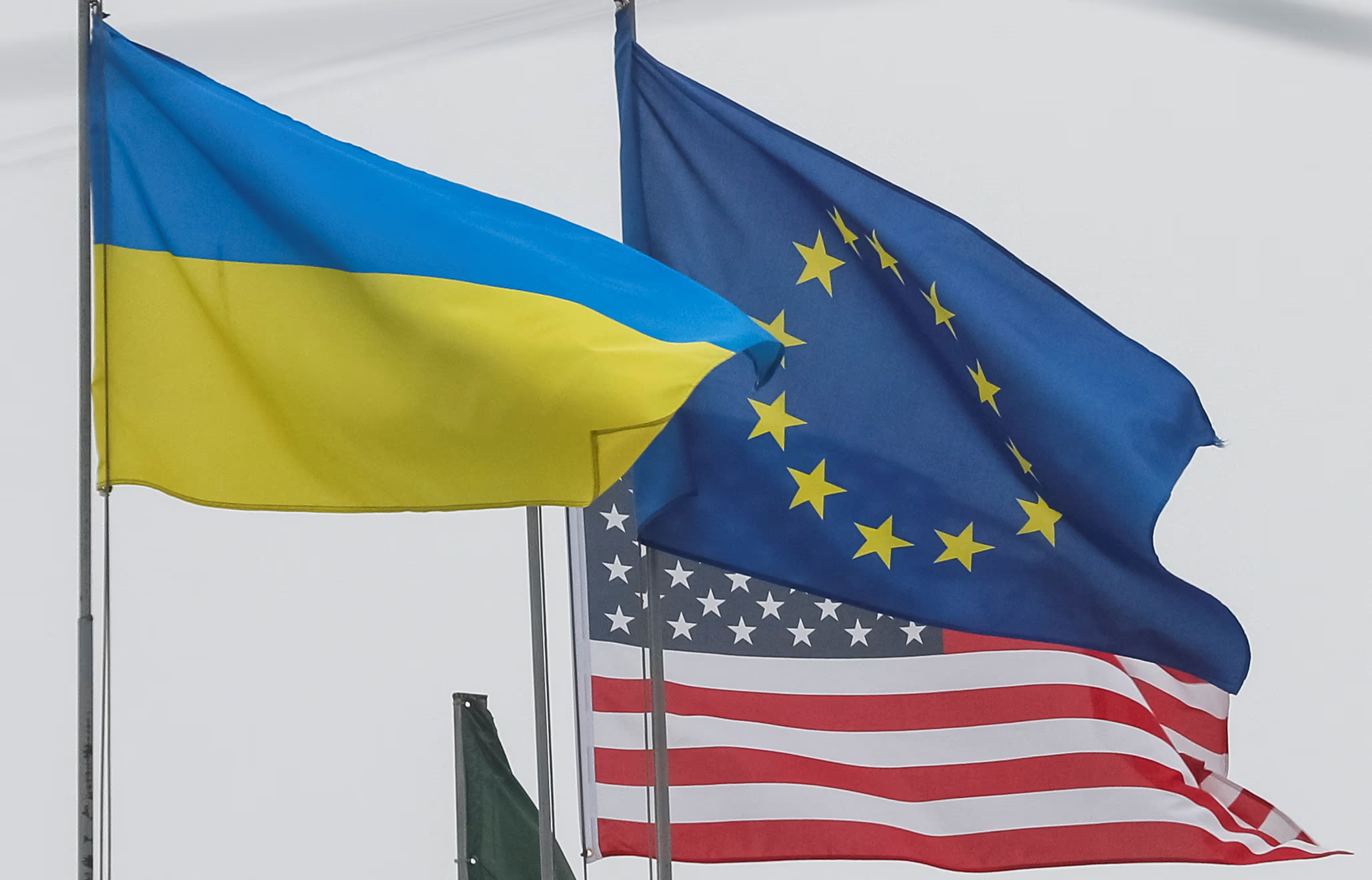
Today’s situation must not repeat the same missteps. The principle of "nothing about Ukraine without Ukraine" is essential—but not sufficient. It must be paired with an equally vital formula: "nothing about the West without the West." If a future security arrangement is to include commitments from the U.S. or Europe, then those actors must be part of the negotiations from the outset—otherwise, any agreements reached will once again prove unworkable.
This is not merely a matter of diplomatic protocol. When Western allies act in disunity, it gives Moscow greater room to maneuver. If Donald Trump speaks of a ceasefire while European leaders discuss potential troop deployments, the Kremlin can portray the West as incoherent and aggressively divided.
A unified position from Washington and Brussels could fundamentally reshape the dynamics of the talks. It would reduce the risk of drawn-out negotiations, limit the Kremlin’s ability to manipulate the narrative, and increase the chances of a realistic, enforceable agreement. For now, the U.S. and EU are moving on separate tracks—and that benefits Moscow.
The West Is Unwilling to Assume Responsibility
One of the key reasons the 2022 negotiations collapsed was the West’s refusal to provide Ukraine with the kind of guarantees it was seeking. The Istanbul Communiqué envisioned not mere declarations, but binding commitments—comparable to NATO’s Article 5. Among the proposals was even the possibility of a no-fly zone, effectively implying direct intervention in the event of another Russian invasion.
No Western capital endorsed such a model. The United States and Europe distanced themselves from the document, despite the fact that their signatures were essential to making any agreement viable. Three years have passed since then, yet the West’s stance remains unchanged. Donald Trump has made clear he has no intention of offering Ukraine defense commitments—but in essence, he is only continuing a policy initiated under President Biden. That administration, too, stopped short of offering Kyiv any guarantees.
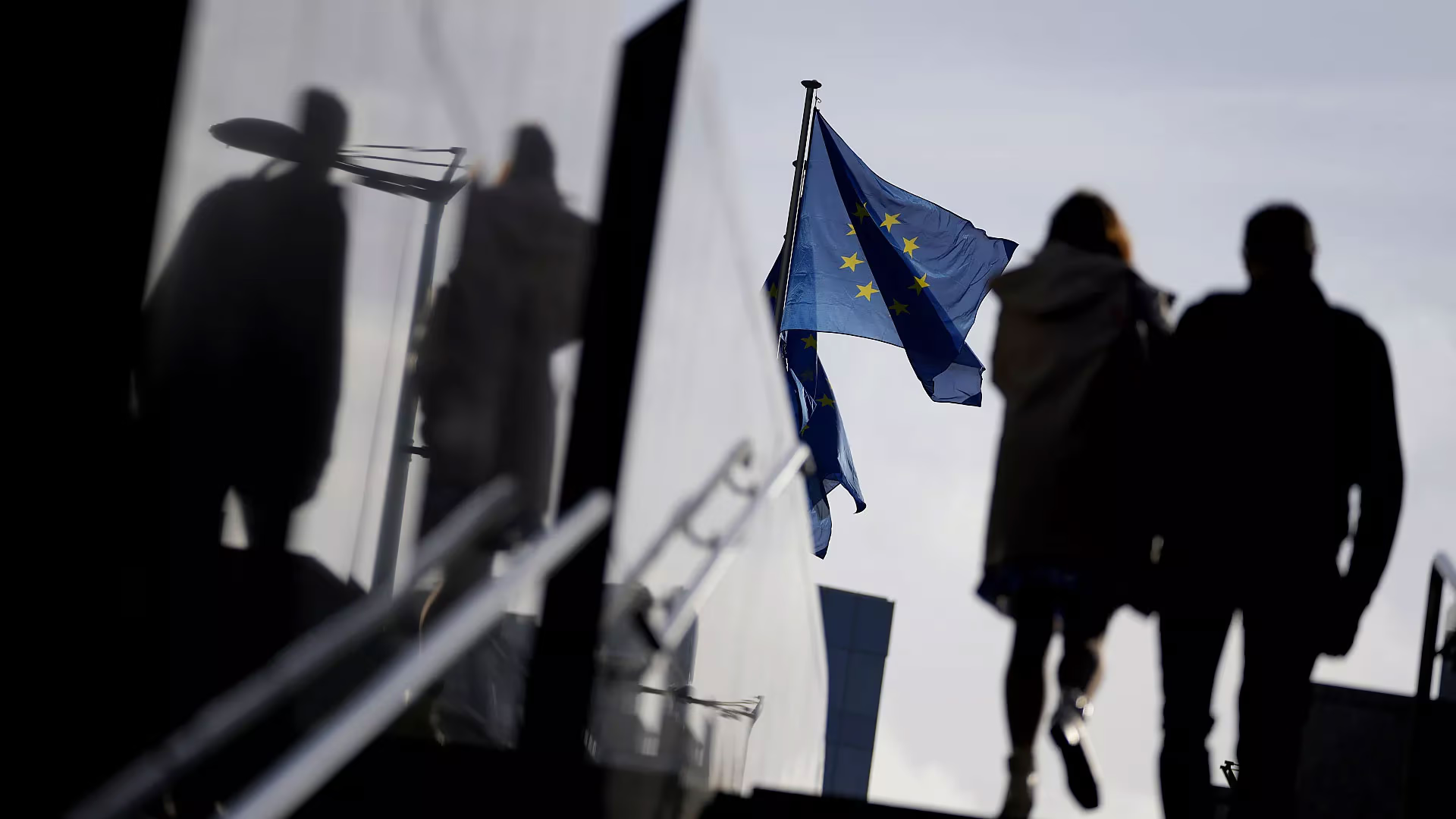
No Western capital supported such a model. The United States and Europe distanced themselves from the document, even though their signatures were essential to making the agreement viable. Three years have passed since then, yet the West’s position remains unchanged. Donald Trump has made it clear he does not intend to offer Ukraine any defense commitments—but in essence, he is only continuing a policy that began under President Biden. That administration, too, refrained from offering Kyiv formal guarantees.
Even Ukraine’s most active European allies have avoided language that would imply legally binding commitments. The much-discussed troop deployments do not substitute for political will. Sending forces without clear obligations is not a strategic alliance—it is a political gesture meant to impress domestic audiences.
Real guarantees are not military postures—they are formalized commitments to act. Until such commitments exist, any ceasefire will remain precarious. Russia, as before, will count on Western indecision, while Ukraine will continue to fear being left alone in the face of future threats.
A Ceasefire and Peace Agreement Must Be Negotiated Together
In the spring of 2022, Ukrainian and Russian negotiators in Istanbul focused on long-term arrangements—neutrality, security guarantees, the role of NATO and the United States. But outside the negotiating room, a full-scale war was raging, and no one seriously addressed how to bring it to a halt. The communiqué did not contain a single clause on the mechanics of a ceasefire.
That omission proved fatal. While both sides debated the future geopolitical order, hostilities on the battlefield escalated, and diplomacy quickly lost touch with reality. In the end, the talks degenerated into a hollow declaration.
In 2025, the Trump administration launched its own peace initiative by taking the opposite approach: prioritizing a rapid ceasefire. In February, Washington proposed a 30-day truce with no preconditions. Zelensky supported the idea; Putin rejected it. Afterward, U.S. mediators adopted a "step-by-step" strategy—starting with a ban on strikes against energy infrastructure, then a maritime security deal in the Black Sea. None of these efforts bore fruit.
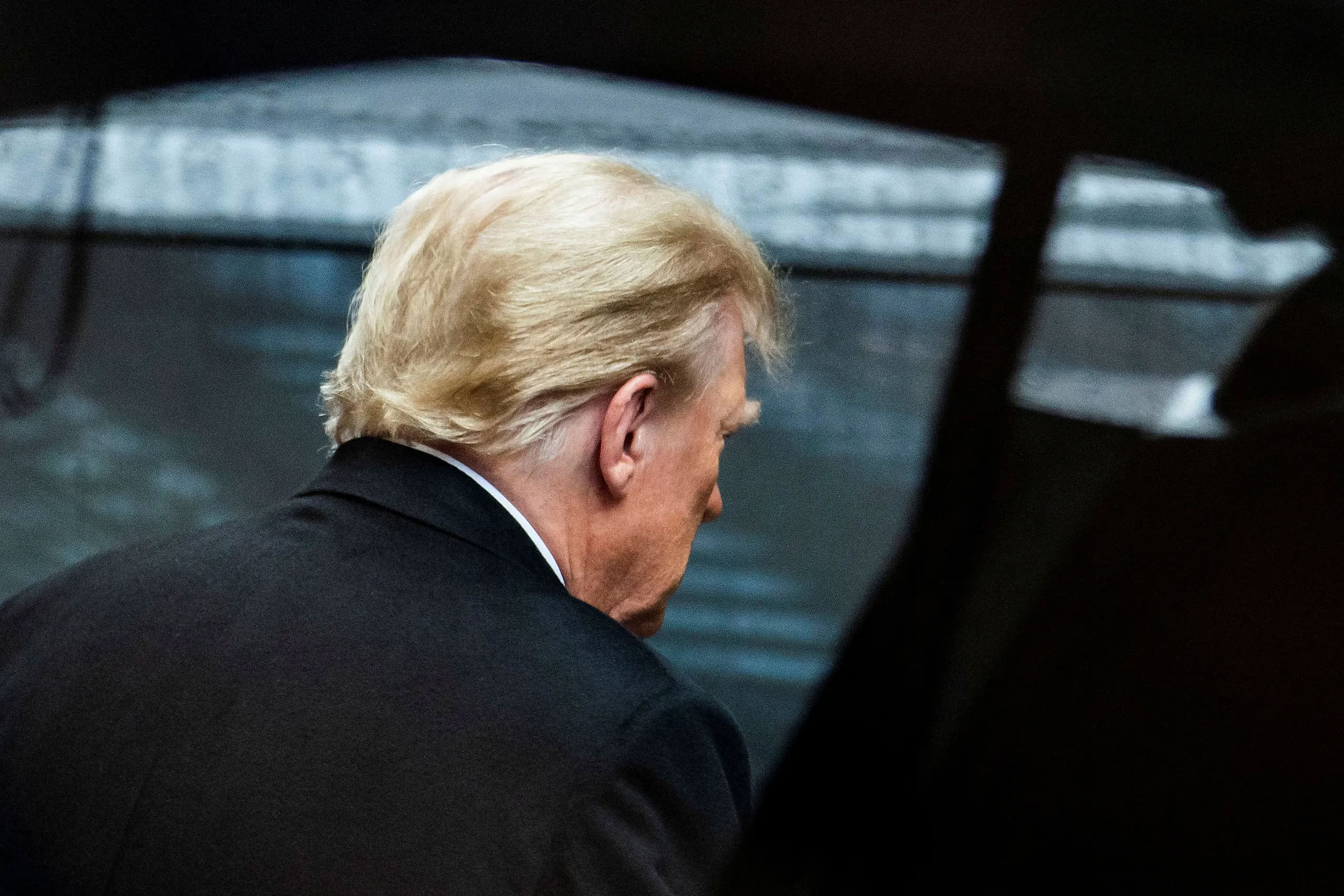
It soon became clear that this approach, too, had reached a dead end. The White House shifted focus to a "grand bargain" encompassing Ukrainian neutrality and recognition of Crimea. But those talks also stalled. Meanwhile, the war grinds on.
The experience of recent years makes one thing clear: a ceasefire cannot be achieved without a political agreement—and a political agreement cannot be signed without halting the fighting. Treating these issues separately is a recipe for failure on both fronts. Only a synchronized approach, in which a ceasefire and long-term guarantees are negotiated in tandem, holds any real promise.
Public Positions Are Not the Limits of the Possible
The 2022 negotiations in Istanbul demonstrated that even leaders perceived as intransigent are capable of flexibility. At the time, Vladimir Putin was open to discussing the status of Crimea, allowing for U.S. involvement in case of renewed aggression, and acknowledging Ukraine’s right to pursue closer ties with the European Union. Volodymyr Zelensky, for his part, was prepared to renounce NATO membership, accept permanent neutrality, and openly called for a face-to-face meeting with Putin to finalize an agreement.
Since then, both sides’ rhetoric has hardened considerably. But that is precisely why it’s worth recalling: public statements rarely define the true boundaries of what is possible. More often, they serve as opening bids. Both Moscow and Kyiv are invested in projecting the image that their demands are non-negotiable. In reality, room for maneuver tends to emerge when strategic calculations shift.
Today, as in 2022, both leaders may once again be open to compromise—if the balance of costs and benefits compels a reassessment. War fatigue, domestic pressures, and external signals can all force a recalibration of priorities. The question is whether negotiators, unlike in the previous attempt, can tackle the ceasefire, guarantees, and third-party involvement simultaneously.
Peace remains highly unlikely—but not impossible. And the most important lesson from Istanbul is this: if the moment for negotiations is missed, the cost of delay may be yet another lost spring, yet another year of war.
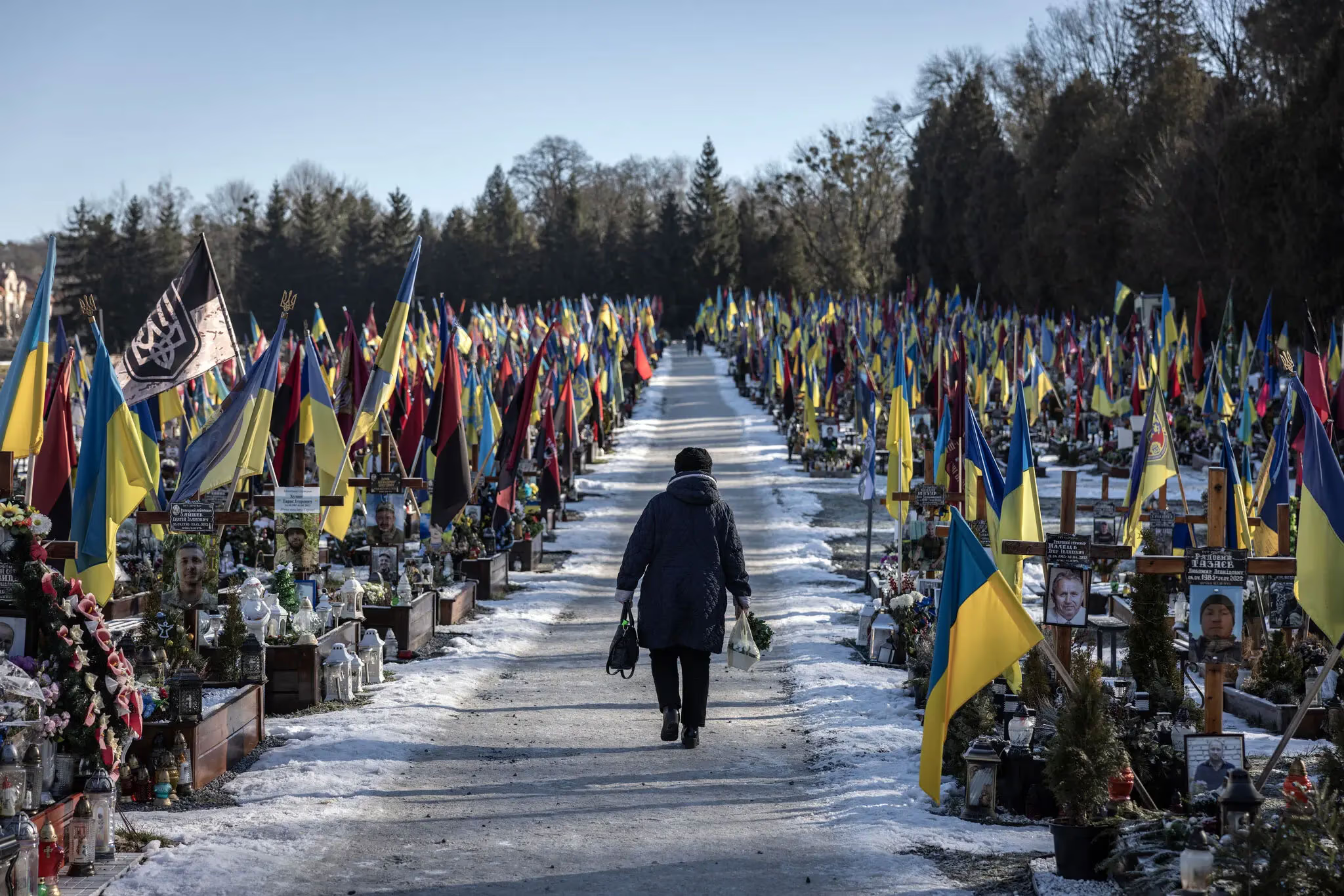
Unpeace

Instead of Peace
JPMorgan Assesses Likely Outcomes of the War in Ukraine and the New Balance of Power in Europe

Everyone Pretends to Be Seeking Peace
The Real Goal Is to Avoid Accountability for Failure

The Crimea Deal: How the Bloodless Annexation of 2014 Paved the Way for New Concessions to Moscow
As Kyiv Holds the Front, the West Debates Whom to Blame and Where to Cut Costs

More Than 30 Dead
Russia Launches Missile Strike on Central Sumy. All Victims Are Civilians

Is Russia Preparing for the Next War?
The Expansion of Military Infrastructure Near Finland, Estonia, and Norway Raises Concerns of a Looming Conflict

